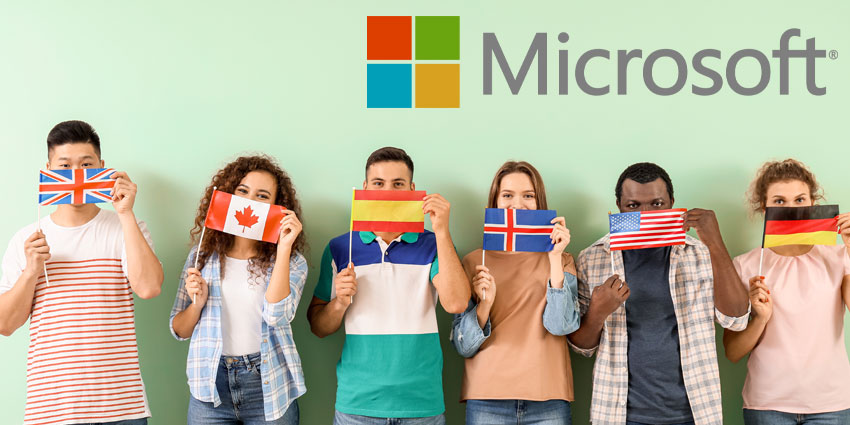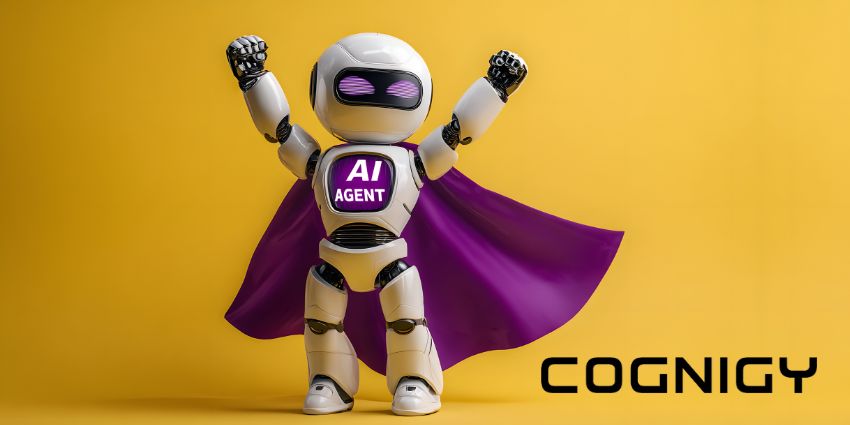Microsoft’s AI-powered text translation service, Microsoft Translator, now supports more than 100 different languages and dialects.
The company announced the addition of 12 new languages including Georgian, Macedonian, Tibetan, and Uyghur, adding that Translator can now make text and information in documents accessible to 5.66 billion users across the globe.
It comes five years after Google Translate hit the same milestone, with Amazon Translate currently at 71 languages.
Microsoft explained the new languages are underpinned by unique advances in AI and will be available in the Translator apps, Office, and Translator for Bing, as well as Azure Cognitive Services Translator and Azure Cognitive Services Speech.
Microsoft Azure AI chief technology officer Xuedong Huang, said: “One hundred languages is a good milestone for us to achieve our ambition for everyone to be able to communicate regardless of the language they speak.
“We can leverage commonalities between languages and use that to improve whole language families.”
Translator supports the following new languages:
- Bashkir
- Dhivehi
- Georgian
- Kyrgyz
- Macedonian
- Mongolian (Cyrillic)
- Mongolian (Traditional)
- Tatar
- Tibetan
- Turkmen
- Uyghur
- Uzbek (Latin)
Powering Translator’s upgrades is Z-code, a part of Microsoft’s larger XYZ-code initiative to combine AI models for text, vision, audio, and language in order to create AI systems that can speak, see, hear, and understand.
Z-code provides the framework, architecture, and models for text-based, multilingual AI language translation for whole families of languages.
With Z-code, Microsoft is using transfer learning to move beyond the most common languages and improve translation accuracy for “low-resource” languages, which refers to languages with under 1 million sentences of training data, the company added.
The news comes after Microsoft presented a number of updates related to meetings and voice services during last month’s Enterprise Connect event.
Before delving into the new features and updates on meetings and calls, Nicole Herskowitz, General Manager of Microsoft Teams, briefly talked about hybrid work and the challenges it comes with. For companies to thrive in the future, both remote and in-person teams need to have an equal footing when it comes to communication and collaboration.
Herskowitz mentioned three major areas that require a digital transformation in the hybrid world:
- 1:1 meetings and calls
- Group meetings
- Events
“Hybrid meetings are a cornerstone for building a thriving work culture. They need to be inclusive for both in-person and remote attendees,” she added.






